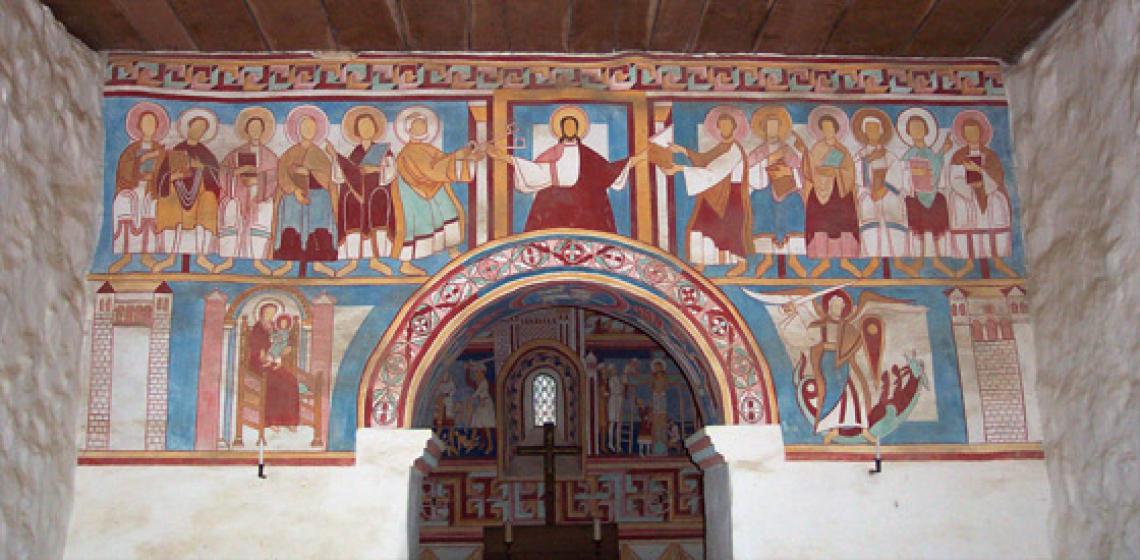Hjerl Hedes Frilandsmuseum (DK)

In a large nature area, in the middle of Jutland, an ethnographic open-air museum is situated, Hjerl Hedes Frilandsmuseum. Their purpose is to have, maintain, develop and communicate its collection of things and knowledge about building style, the history of the village, the crafts and the cultural landscape.
One can find here among others a reconstructed 10th century stone church, and a Stone Age settlement. The medieval church is a copy with elements from original churches. The prehistoric houses are based on information from findings and interpretation of findings on other locations.
In the past, this ethnographic open-air museum also knew Bronze Age and Iron Age house reconstructions, the latter of which were built under coordination of the archaeologist Gudmund Hatt in 1938. The present Neolithic settlement is in Summertime occupied by a group under coordination of Harm Paulsen from Schleswig.
The nouveau-riche Hans Peter Hjerl Hansen (1870-1946) with business in Copenhagen bought the Jattrup Heathland with the heathland farm Vadsøgård in 1910. This happened in order to reclaim heathland with plantations. H.P. Hjerl Hansen renamed the site with his own name Hjerl. After some years he also became interested in the protection of some heathland between the plantations.
H.P. Hjerl Hansen established the museum in 1928-1929 with his private agreement about buying of the Vinkel farm from the 16th century. He moved it in 1929-1930 to Hjerl Hede with professional help from the open air museum in Sorgenfri/Lyngby north of Copenhagen, which is a branch of Nationalmuseet, the National Museum.
